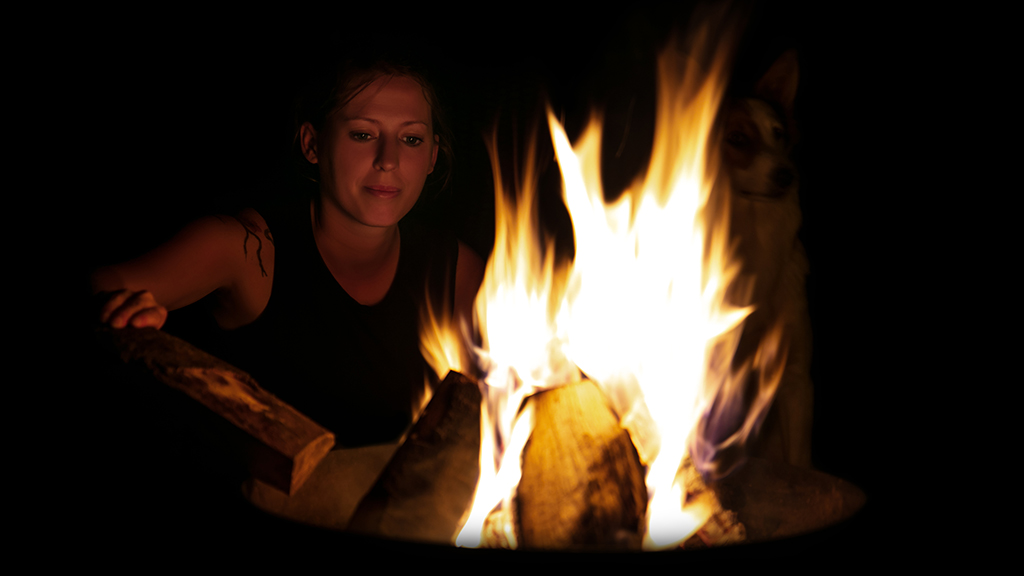Abstract
This PowerPoint-driven case study follows a young woman who acquires a third-degree burn and receives a skin graft. As the graft becomes inflamed and infected, students interpret results from diagnostic tests (gram stain, MSA plates, etc.) to diagnose a Staphylococcus infection. The patient is prescribed antibiotics, but the inflammation worsens; she develops an abscess, and acquires bacteremia. Students then interpret tests for antibiotic resistance (latex agglutination and disc diffusion tests) and diagnose the patient with a methicillin resistant Staphylococcus aureus (MRSA) infection. Students discuss in groups the appropriate treatment of MRSA infections and the mechanisms behind such treatments. The case is designed to integrate a broad range of anatomy topics (integumentary system, immunity, etc.) with microbiology themes (antibiotic resistance, culturing, etc.) and data interpretation. It is appropriate for use in undergraduate courses in medicine, anatomy and physiology, immunology, and microbiology.



